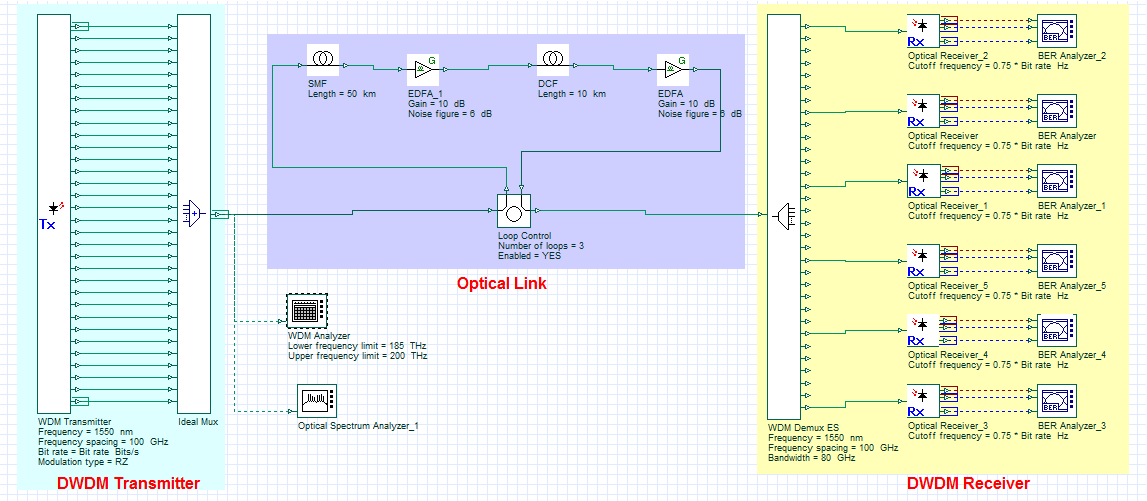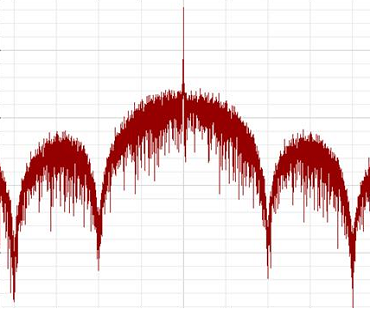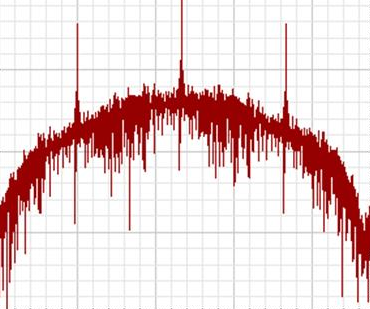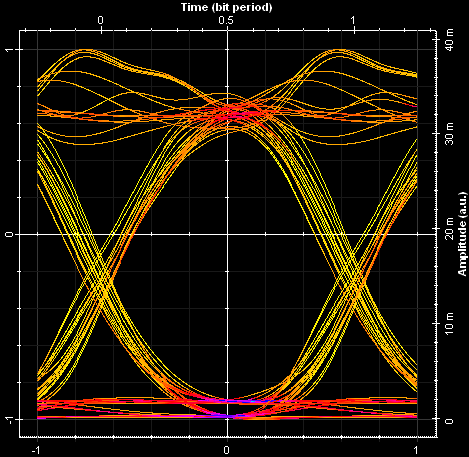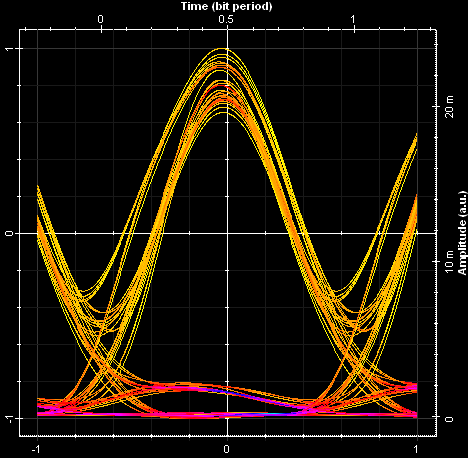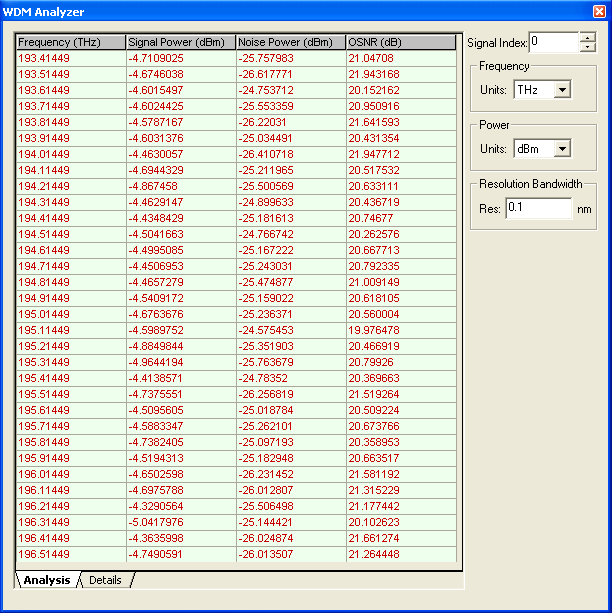Applications
- Long-haul optical networks either in point-to-point or ring topology.
- Expanding the capacity of an existing optical network.
- Capacity leasing for network wholesalers.
DWDM Layout
Benefits
- New BER Test Set enables the simulation of millions of bits for direct error counting.
- Multi-parameter scanning enables system designers to study trade-offs with respect to parameters of interest and to choose an optimal design for deployments.
- FEC
- Enables users to analyze different algorithms for the electronic equalization.
- Interfaces with popular design tools.
- Significantly reduces product development costs and boosts productivity through a comprehensive design environment to help plan, test, and simulate optical links in the transmission layer of modern optical networks.
Simulation Description
In the above layout, we have simulated a 32-channel DWDM network with both RZ and NRZ modulation formats at 40 Gbps. The transmitter section consists of a 32-channel WDM transmitter and multiplexer; the frequency spacing is 100 GHz. We have used a tranmission loop as an optical link with a length of 50 km of SMF, 10 km of DCF and two EDFAs. The receiver is a 32-channel WDM demultiplexer, with PIN photodetectors and BER testers.
Below are the images of the signal spectrum obtained for RZ an NRZ modulation formats. It is also possible to use other formats such as carrier-suppressed return-to-zero (CSRZ), duobinary return-to-zero (DRZ) and modified duobinary return-to-zero (MDRZ).
Using OptiSystem you can easily modify different parameters of the simulation, such as number of optical fiber spans, which will allow you to test the system’s robustness over propagation length.
The next two eye diagrams show the received signal for a single channel for both RZ an NRZ modulation formats after 180 km of propagation.
Furthermore, using the WDM analyzer we can view critical information about each channel such as signal power, noise power and OSNR.


